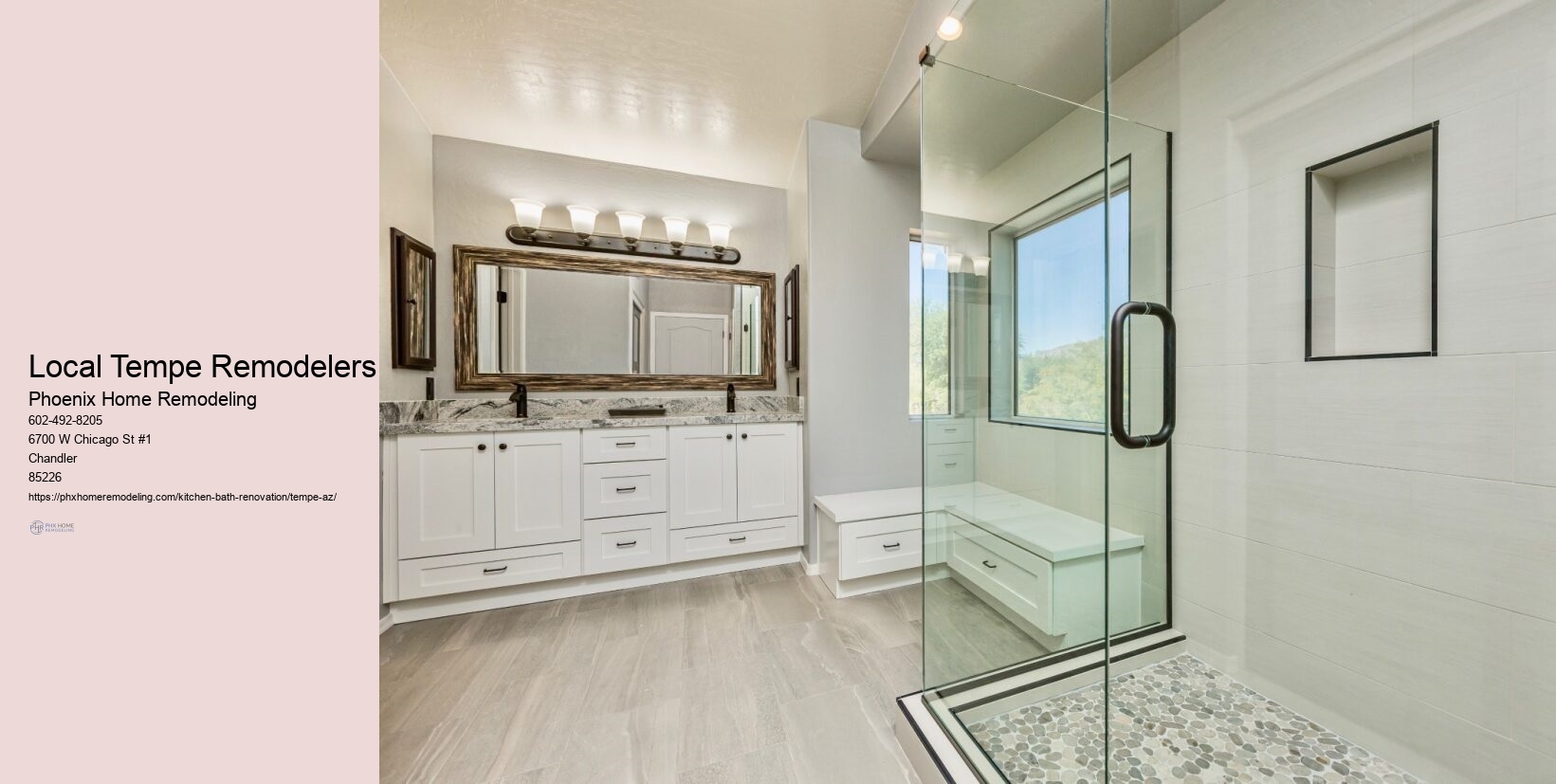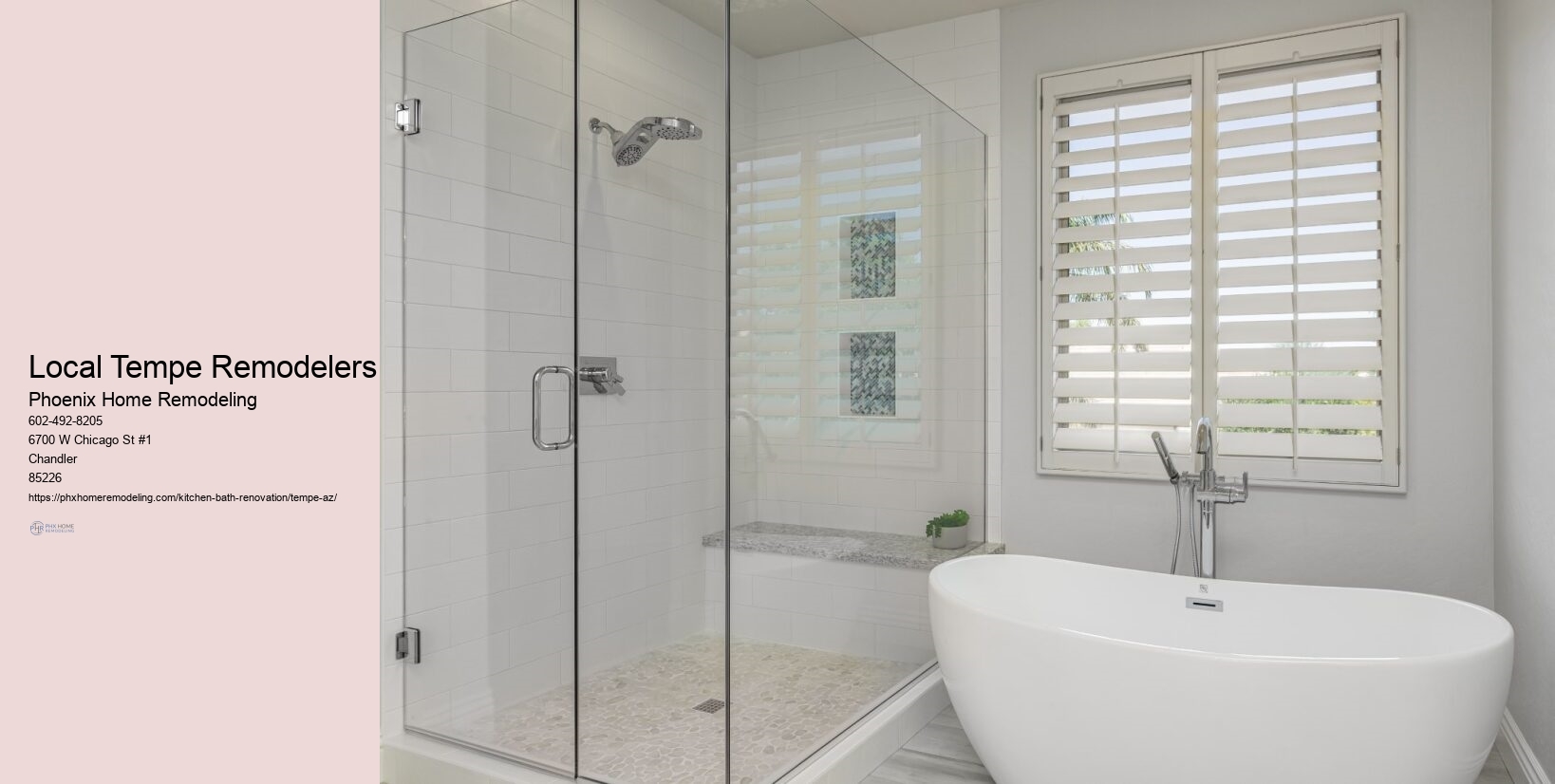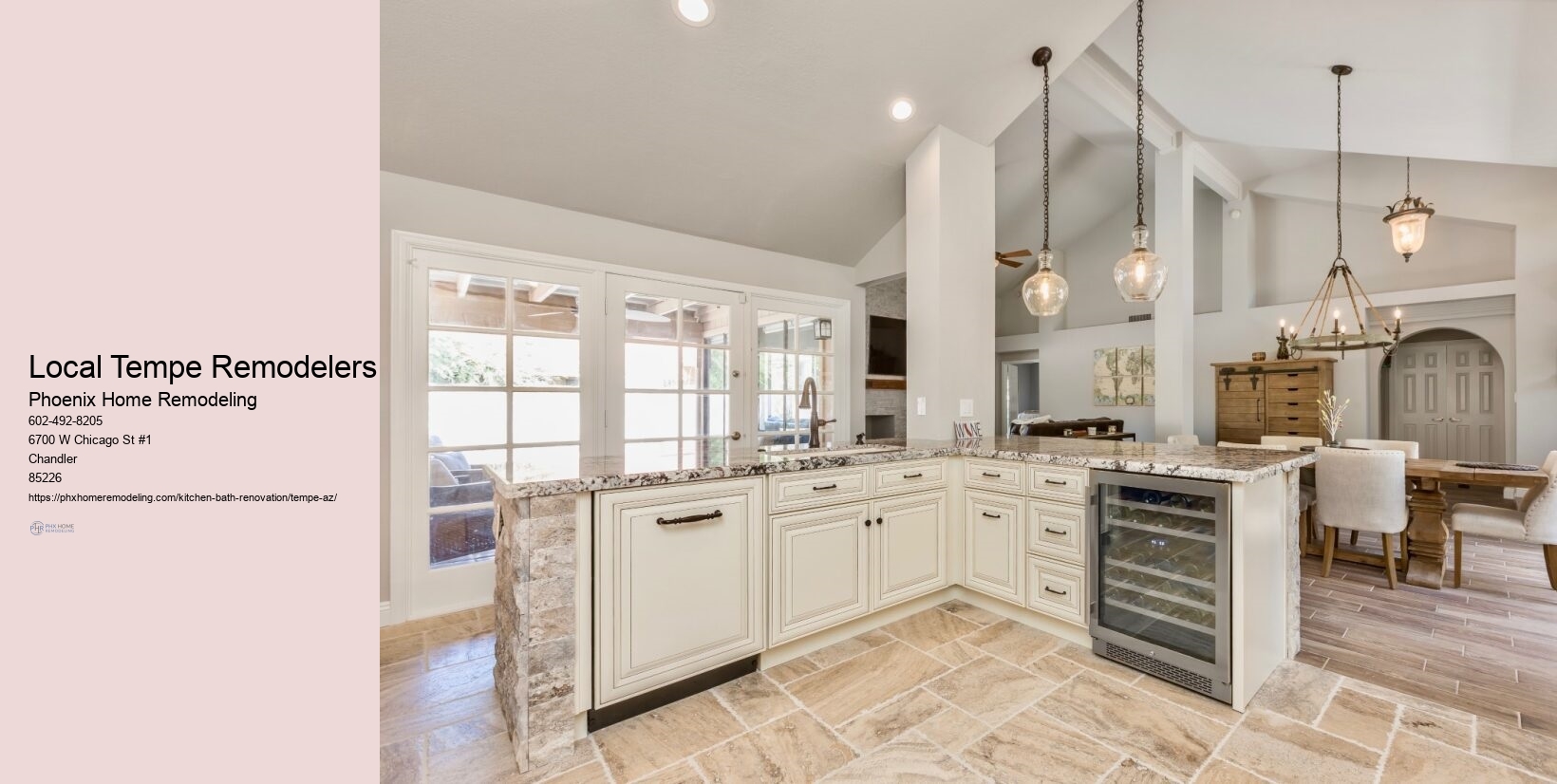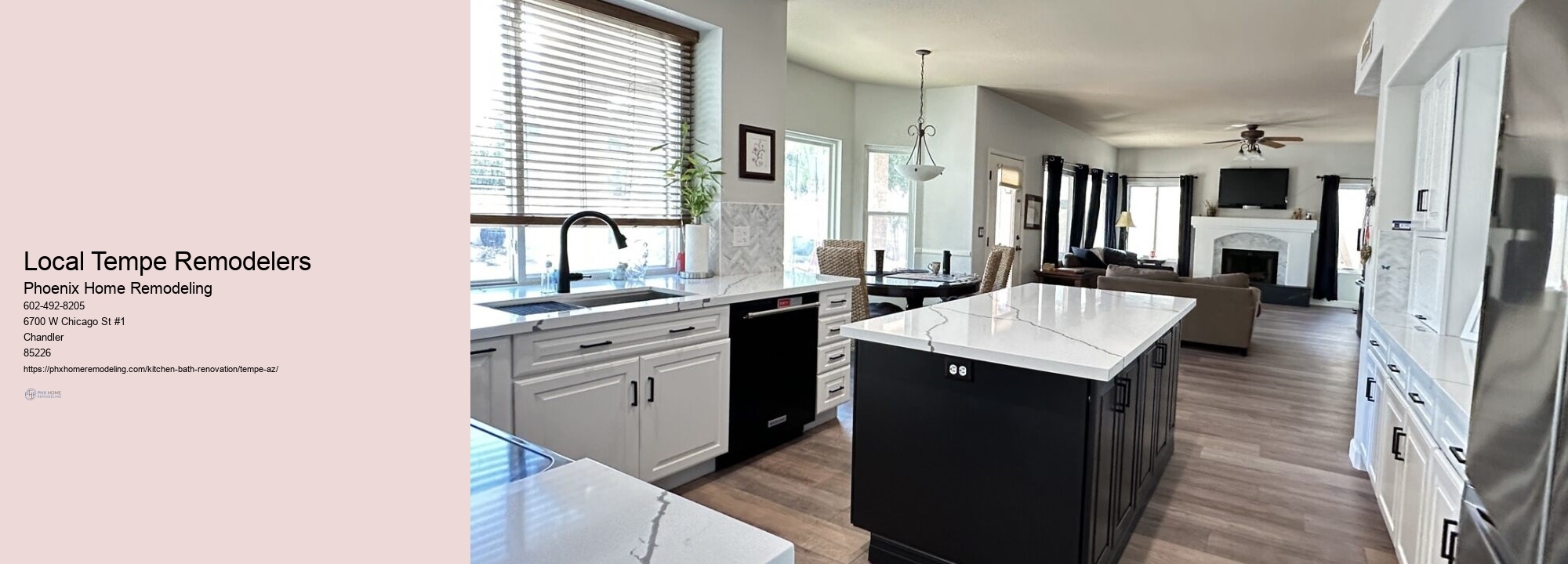




For bathroom floors made of soft vinyl or easily scratched wood, it's advisable to prioritize cabinet installation first, as these floor types can be fitted closely around the vanity by a skilled installer, while tile installation may generate substantial dust.
The four primary budget-consuming line items in a renovation typically include cabinetry and hardware, countertop materials, appliances, and plumbing work along with fixtures.
To maximize the value of your bathroom renovation, consider these steps: Replace the tub with a spa shower, install a vanity with ample storage, upgrade the toilet, opt for classic tile choices, refresh the grout, prioritize well-planned lighting, choose soothing color schemes, and coordinate metal finishes, among other considerations.
The five stages of remodeling include planning with meticulous organization, budgeting through multiple written estimates from licensed professionals, demolition, construction, and concluding with cleanup.
The cost of a bathroom remodel depends not only on its size but also on the specific areas you decide to renovate and the materials you choose, with the wet area, vanity, countertops, and tiling constituting some of the most expensive material costs.